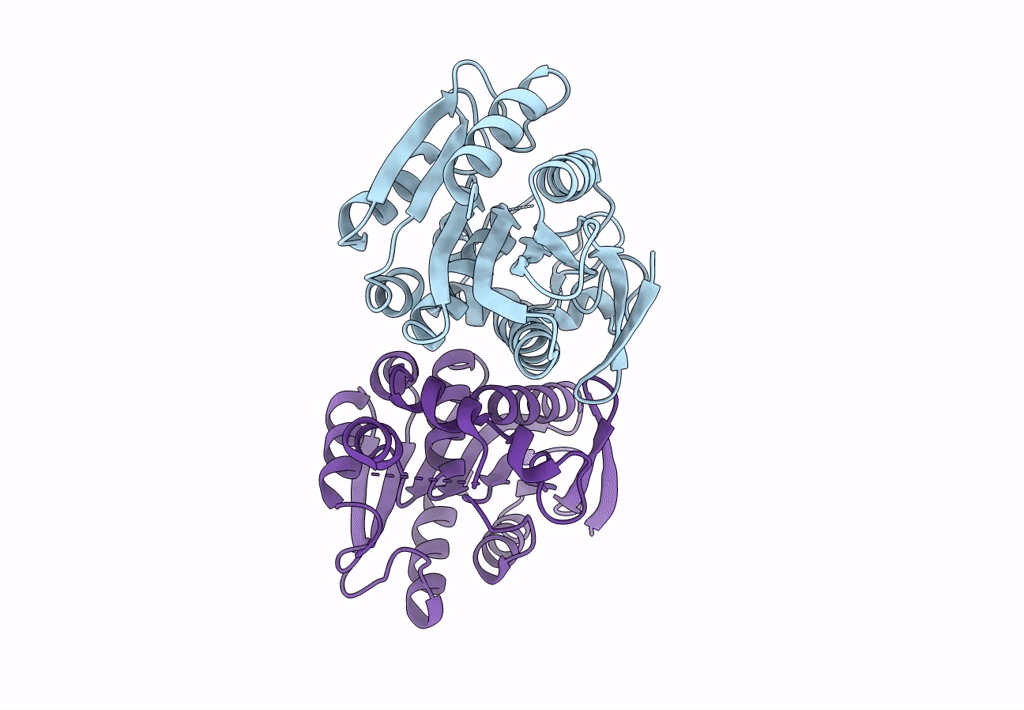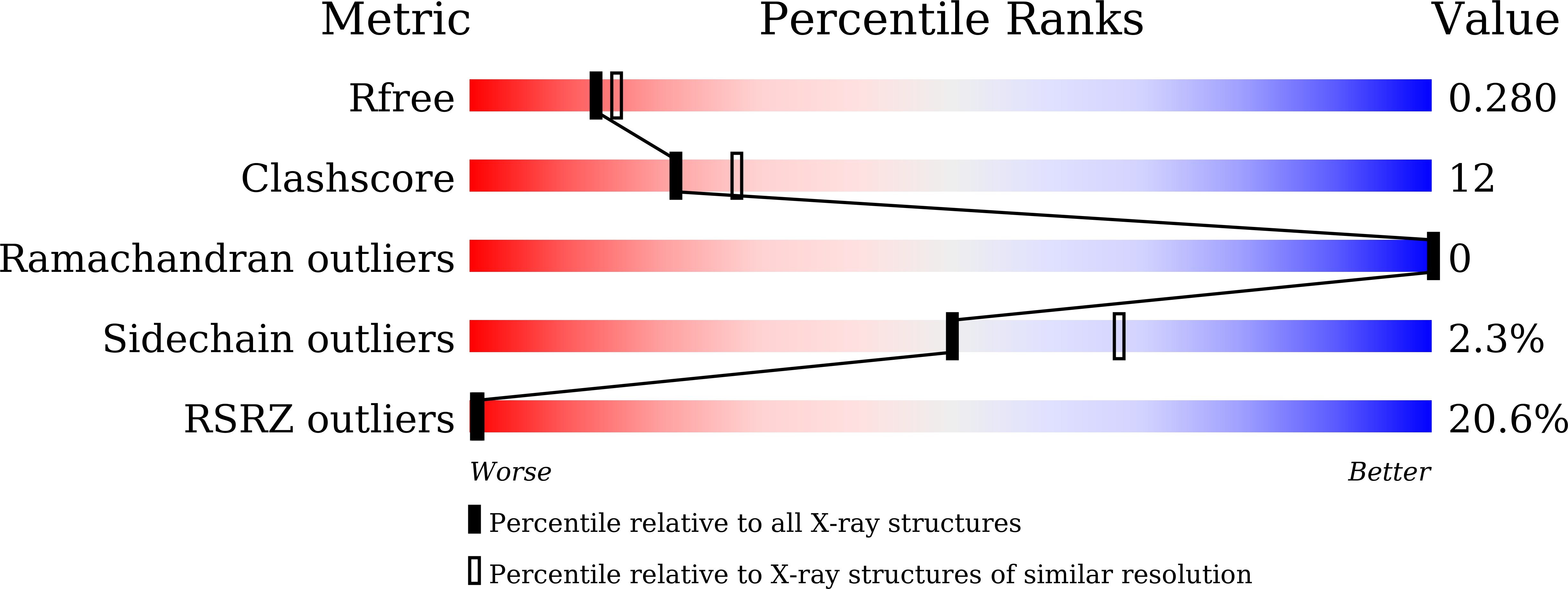
Deposition Date
2022-05-10
Release Date
2023-05-17
Last Version Date
2023-11-29
Entry Detail
Biological Source:
Source Organism:
Lactobacillus acidophilus (Taxon ID: 1579)
Host Organism:
Method Details:
Experimental Method:
Resolution:
2.30 Å
R-Value Free:
0.28
R-Value Work:
0.22
R-Value Observed:
0.23
Space Group:
P 21 21 21


